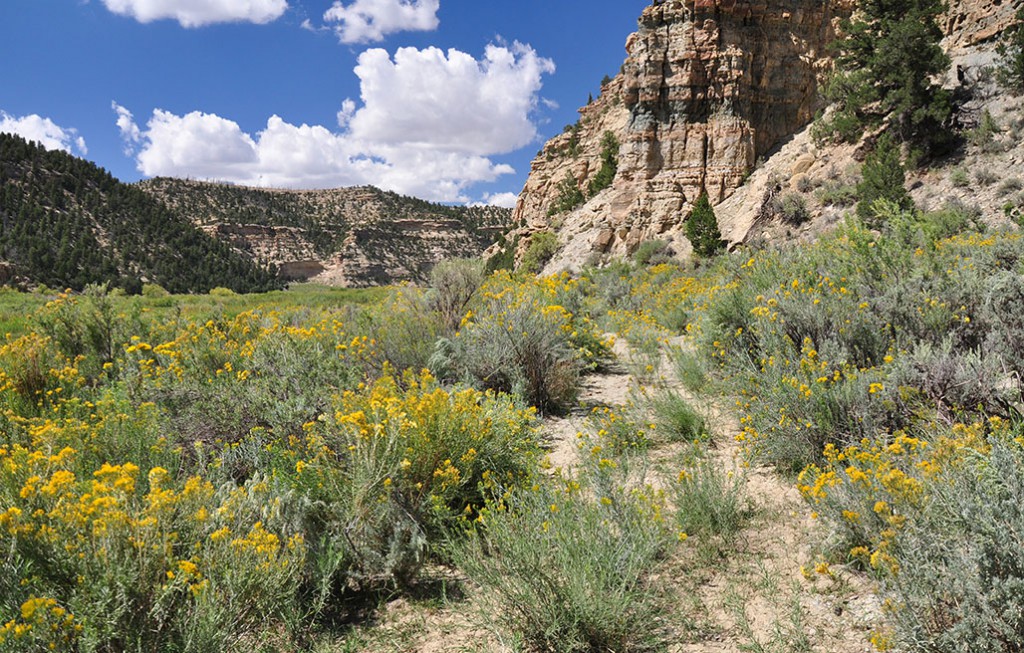After Rep. Rob Bishop announced more than three years ago that he wanted to end public land disagreements in southern and eastern Utah with a “grand bargain,” we spent countless hours working with Rep. Bishop and Rep. Jason Chaffetz—and their staff members—to try and find a compromise that would provide lasting protection for Utah’s remarkable public lands. Unfortunately, the Public Lands Initiative (PLI) introduced on July 14, 2016 does not advance conservation in Utah. Instead it promotes fossil fuel development, motorized recreation, and control of public resources by the State of Utah, and includes unprecedented provisions that would limit federal land managers’ ability to manage public lands for the protection of natural and cultural resources. Simply put, Rep. Bishop’s PLI is the worst piece of wilderness legislation that’s been introduced in Congress since passage of the 1964 Wilderness Act.
The PLI is a step backward for conservation in Utah. The PLI completely fails to adequately protect the nearly 4.4 million acres of remarkable wilderness-quality lands managed by the Bureau of Land Management (BLM) in southern and eastern Utah. The PLI removes existing wilderness management on BLM lands and fails to protect 62% of inventoried lands that qualify and deserve wilderness protection. In doing so, the bill rolls back existing protections for over 100,000 acres of wilderness study areas (WSAs) and at least 70,000 acres of BLM-managed natural areas (i.e., areas managed by the BLM for the protection of wilderness values).
Rep. Bishop claims that the PLI designates 4.6 million acres of public land “for conservation,” when in fact the PLI substitutes weakened, loophole ridden “national conservation areas” (NCAs) and “special management areas” for landscapes deserving of wilderness protection. These so-called “conservation designations” enshrine the horrible Bush-era management plans that designated thousands of miles of off-road vehicle routes, allow designation and development of new motorized trails, green-light deforestation projects (such as pinyon-juniper clear cuts), prioritize and entrench livestock grazing (even where cultural resources are at risk), prohibit future wilderness protection in these areas, and limit federal land managers’ ability to protect natural and cultural resources. The PLI also artificially inflates “conservation” acreage by over 1.3 million acres by, in part, including wilderness in already-protected national parks, double counting acres where wilderness falls within NCAs, and encompassing currently-designated areas such as Natural Bridges National Monument and the Dark Canyon Wilderness.
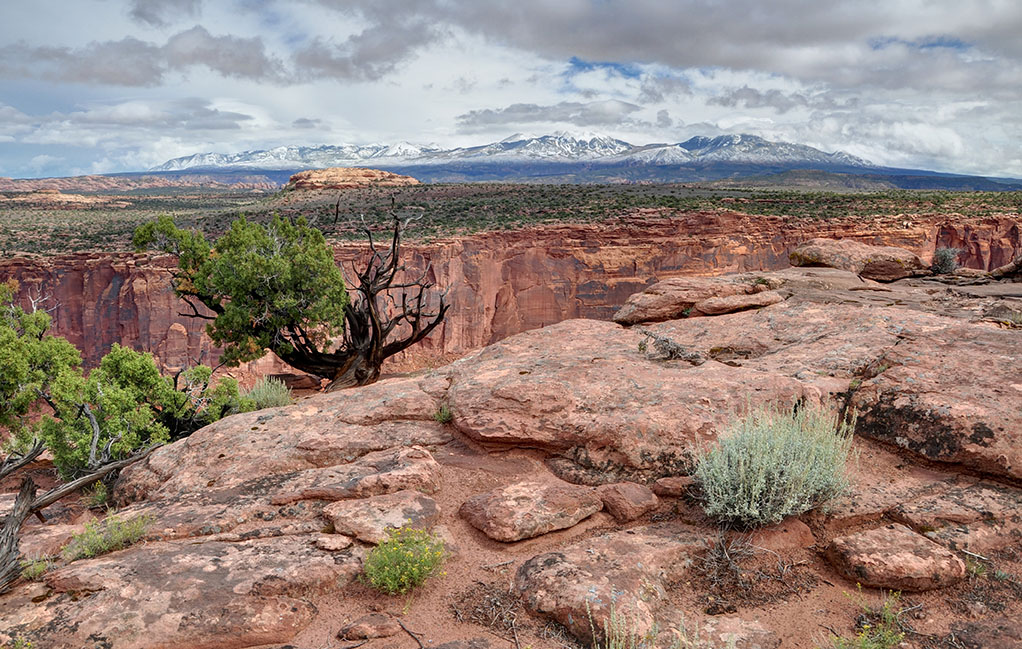
The PLI fails to protect the Bears Ears region. A historic coalition of Native American Tribes are asking President Obama to proclaim a 1.9 million-acre Bears Ears National Monument in southeastern Utah and provide them with co-management authority to protect their ancestral homelands. Containing over 100,000 cultural sites, the Bears Ears is the most significant unprotected cultural landscape in the U.S. The PLI ignores Tribal recommendations by failing to protect well over half a million acres of the Bears Ears region as proposed by the Inter-Tribal Coalition; diminishing the Coalition’s voice by creating a 10-member advisory committee with only one tribal representative for a reduced-size Bears Ears “national conservation area;” promoting motorized recreation (which puts cultural sites at increased risk); authorizing grazing in currently closed areas like Grand Gulch, Fish, Owl, and Arch Canyons; and prohibiting the agency from protecting hundreds of thousands of wilderness-quality lands as wilderness.
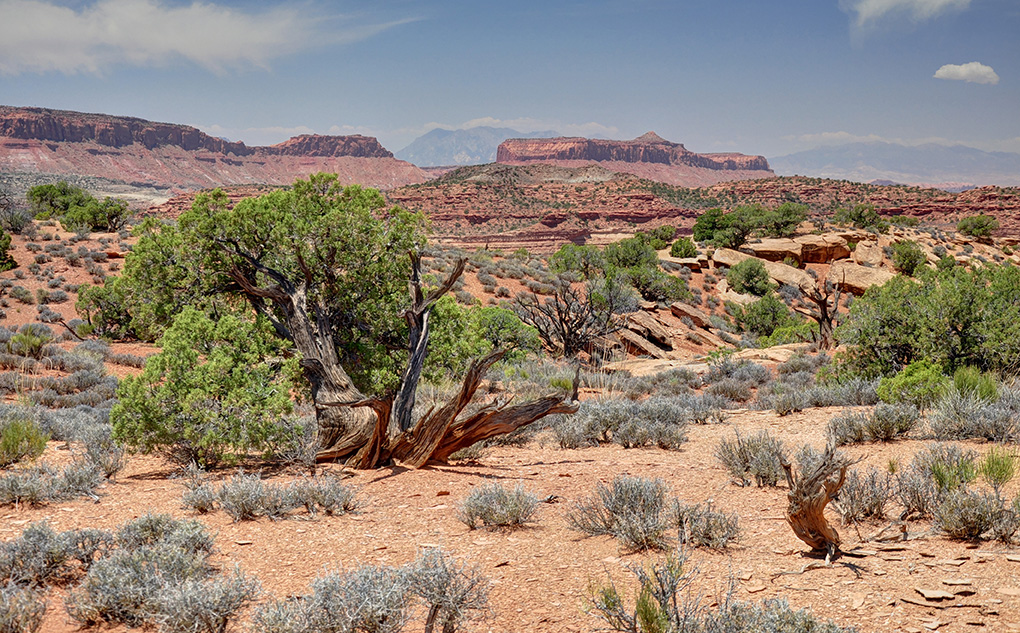
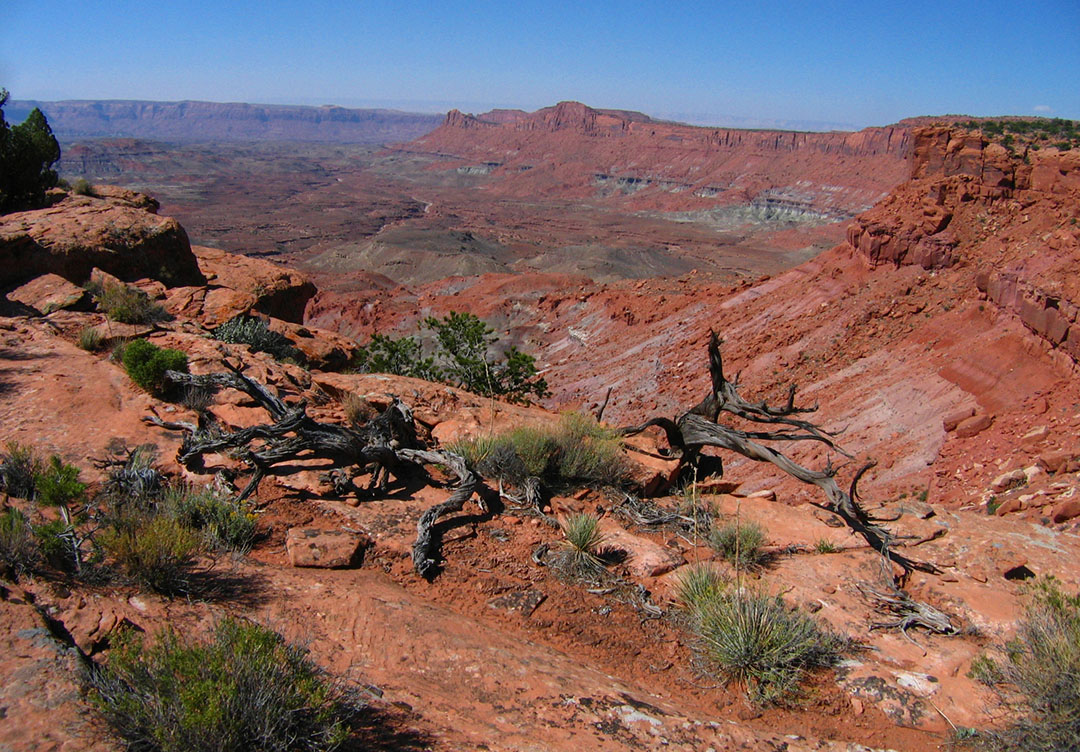
The PLI is a climate change nightmare. At a time when our nation and the world are struggling to seriously address climate change, the PLI works in the opposite direction. The PLI seizes authority from public land managers and instead gives the State of Utah control over the permitting and regulation of all forms of energy development on millions of acres of federal lands. In doing so, the PLI will fast-track dirty energy development on public lands and will likely eviscerate meaningful energy leasing reform such as the recently completed Moab Master Leasing Plan. The PLI also unleashes a carbon bomb by transferring large blocks of federal land to the State of Utah for tar sands, oil shale, potash, coal, oil, and gas development. These blocks are located in the remote Book Cliffs, in high value scenic and recreation lands near the Green River west of Moab, on Hatch Point bordering Canyonlands National Park, near the world-renowned San Rafael Swell, and in the Uintah Basin.
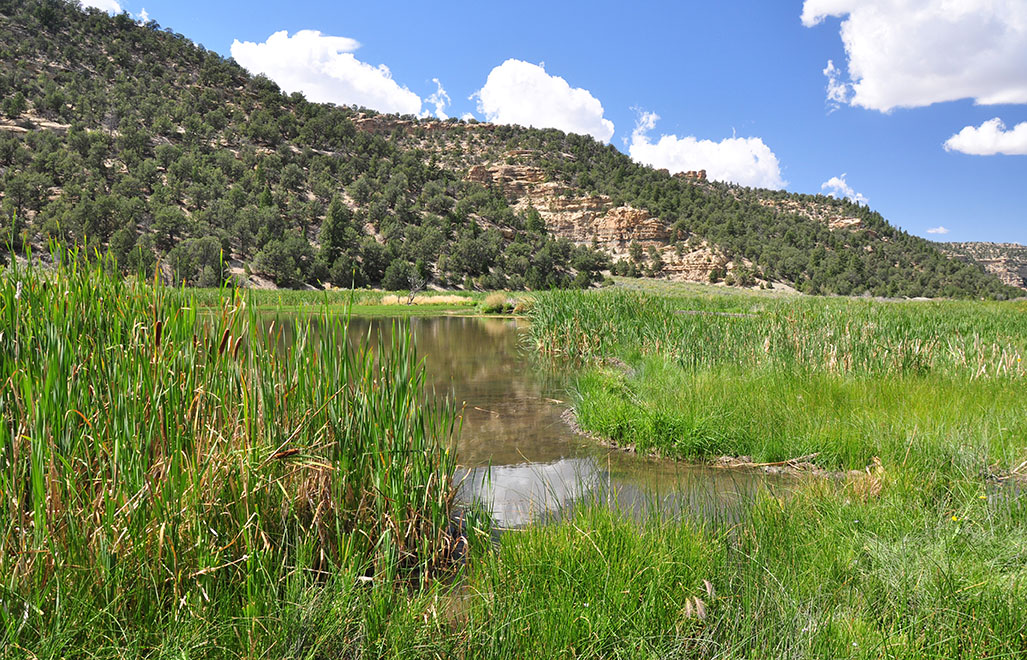
The PLI is a public land giveaway. The PLI grants thousands of miles of disputed R.S. 2477 rights-of-way to the State of Utah while allowing for continued litigation over R.S. 2477 routes within areas designated as wilderness, NCAs, and recreation areas. The PLI furthers the State of Utah’s land grab efforts by transferring thousands of acres of federal land to the state, without compensation, for development and increased motorized and non-motorized recreation. The PLI permanently establishes livestock grazing as a priority and would result in both increased and new grazing in areas currently closed by federal land agencies due to natural and cultural resource damage. The PLI bestows inordinate authority to county and state officials by requiring federal land managers to submit a report to Congress if they fail to follow the demands of local politicians. And it undermines the Antiquities Act by including a companion bill that would remove the president’s authority to protect deserving landscapes in southern and eastern Utah.
